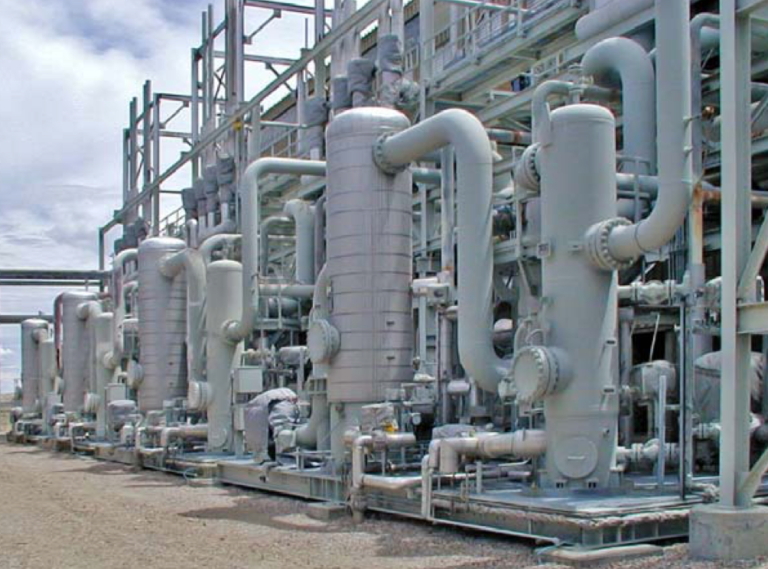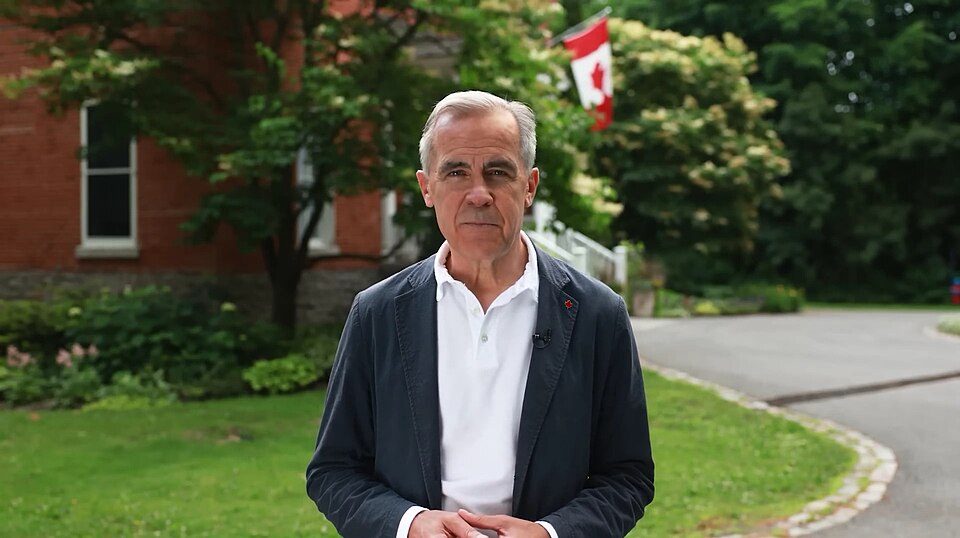This article by Common Dreams is published here as part of the global journalism collaboration Covering Climate Now.
Among the world’s wealthiest countries, the U.S. leads the way in spending public money on so-called climate “solutions” that have been proven to “consistently fail, overspend, or underperform,” according to an analysis released Thursday by the research and advocacy group Oil Change International.
The group’s report, titled Funding Failure, focuses on international spending on carbon capture and fossil-based hydrogen subsidies, which continues despite ample data showing that the technological fixes have “failed to make a dent in carbon emissions” after 50 years of research and development.
The report details how five countries account for 95 percent of all carbon capture spending, with the U.S. investing the most taxpayer money in the technology, at $12 billion in subsidies over the last 40 years.
Subscribe to our newsletter
Stay up to date with DeSmog news and alerts
Norway comes in second with $6 billion going to carbon capture and storage, while Canada has spent $3.8 billion, the European Union has spent $3.6 billion, and the Netherlands has poured $2.6 billion into the technology, with which carbon dioxide emissions are compressed and utilized or stored underground.
“It is nothing short of a travesty that funds meant to combat climate change are instead bolstering the very industries driving it,” the report stated.
Harjeet Singh, global engagement director for the Fossil Fuel Non-Proliferation Treaty Initiative, told The Guardian that the subsidies amount to a “colossal waste of money.”
“It is nothing short of a travesty that funds meant to combat climate change are instead bolstering the very industries driving it,” said Singh.
While proponents claim carbon capture and storage reduces planet-heating carbon emissions, OCI notes, it was originally developed in the 1970s “to enhance oil production, and this remains its primary use,” with the technology “barely” reducing emissions.
High-profile carbon capture failures in the U.S. include the Petra Nova project in Houston, Texas, which cost nearly $200 million in taxpayer funds and whose captured emissions were later used for crude oil production, and the FutureGen project, “which swallowed $200 million and never materialized.”
“Investing in carbon capture delays the transition to renewable energy,” reads OCI’s report. “Instead of wasting time and money on technologies that do not work, governments must commit to justly and urgently phasing out fossil fuels before it’s too late.”
Despite the lack of data supporting the use of carbon capture, the group said, countries including the U.S. are “preparing to waste hundreds of billions of taxpayer dollars on these ineffective technologies, further benefiting the fossil fuel industry.”

OCI highlighted how the U.S. and Canada, while ostensibly fighting the climate crisis, have spent a combined $4 billion in public money to explicitly “pay oil companies to produce more oil,” with the subsidies going to carbon capture for “enhanced oil recovery.”
The report also found that in addition to the $12 billion in taxpayer funds the U.S. has spent on carbon capture and fossil hydrogen—a leak-prone gas produced through energy-intensive processes that cause their own emissions—the government has spent an estimated $1.3 billion on the 45Q tax credit, which allows companies to write off tax for every ton of carbon dioxide they store underground.
The Inflation Reduction Act (IRA) increased the amount given to companies in 45Q tax credits from $35 to $60 per ton, meaning that the subsidy could grow to over $100 billion in the next 10 years.
OCI’s Policy Tracker shows that overall public spending on carbon capture and hydrogen could grow by between $115 billion and $240 billion in the coming decades.
“We need real climate action, not fossil fuel bailouts!” said OCI in a post on social media.
From Skeptics to Believers
The group’s report also highlights that fossil fuel giants such as ExxonMobil have shifted from carbon capture skeptics to outspoken proponents of the technology—with the company bragging to investors that carbon capture and hydrogen would help its Low Carbon Business Unit make “hundreds of billions of dollars” and grow to be “larger than ExxonMobil’s base business.”
Exxon didn’t launch its carbon capture efforts until 2018, having spent several years and hundreds of millions of dollars on another “climate solution” that ultimately failed: the use of algae to make biofuels.
Since then, Exxon has “pushed for direct government funding for carbon capture, particularly at the U.S. Department of Energy (DOE),” successfully lobbying for $12 billion allocated in the Bipartisan Infrastructure Bill in 2021 for “carbon management research, development, and demonstration.”
Exxon also lobbied for the increased rate of the 45Q tax credit in the IRA and “played a ‘central role’ in drafting a 2019 DOE-sponsored report on carbon capture that determined Congress would need to create an incentive of around $90 to $110 per ton to support carbon capture deployment,” according to OCI.
The Guardian on August 29 reported that Exxon still “chases billions in U.S. subsidies for a ‘climate solution’ that helps drill more oil,” describing how the oil giant hosted an event at the Democratic National Convention earlier this month where senior climate strategy and technology director Vijay Swarup praised the IRA for helping Exxon pursue carbon capture and said: “We need new technology and we need policy to support that technology. We need governments working with private industry.”
Exxon’s enthusiasm for carbon capture, said OCI, is an example of how “the fossil fuel industry delays climate action, distracts from real solutions that would end the fossil fuel era, and does everything in its power to squeeze the last drops of profit from a dying industry, at the expense of all of us.”
Subscribe to our newsletter
Stay up to date with DeSmog news and alerts






